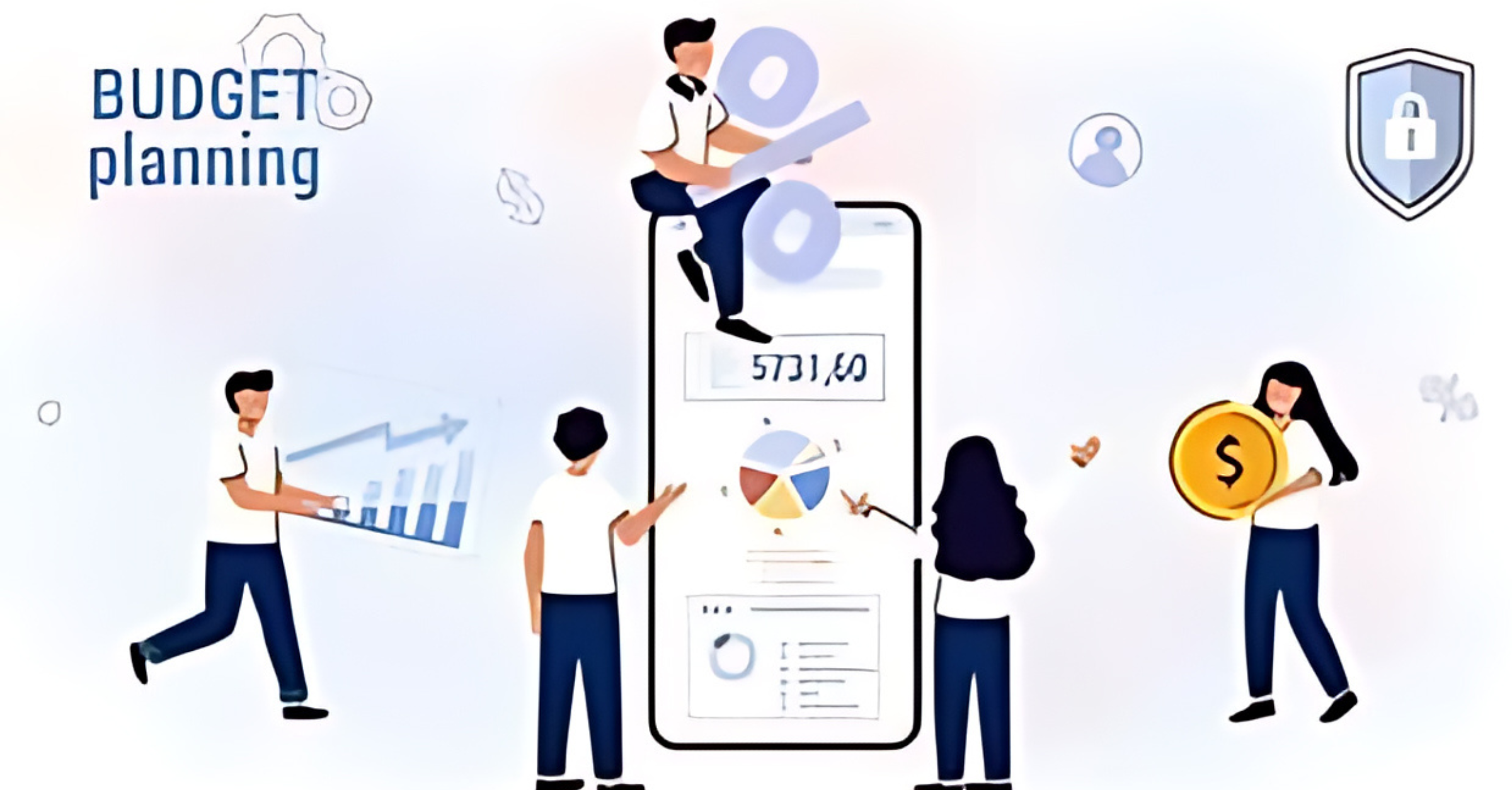In 2024, having a website is important for both people and businesses. A website acts as your online presence, making you look professional and trustworthy. For businesses, it helps attract and inform customers, and it plays a big role in online marketing, like SEO and social media, bringing more people to your site. For individuals, a personal website can show off your skills, hobbies, or work, helping with career growth or personal projects. As more people use the internet to find information and services, having a website ensures you stay visible and competitive. In short, a website is essential for getting noticed and reaching your goals in 2024.
Mention that website costs can vary widely based on several factors.
- Type of Website: Costs differ for personal blogs, business sites, and e-commerce stores.
- Design and Functionality: Custom designs and advanced features cost more than basic templates and simple sites.
- Domain and Hosting: Prices vary for domain names and different web hosting plans.
- Content Creation: Expenses include writing, images, and videos.
- Maintenance and Updates: Ongoing costs for keeping your site updated and secure.
Factors Influencing Website Costs
1. Type of Website:
1. Personal Blog: Typically the most affordable, often using simple designs and basic features.
2. Business Site: Costs more due to a professional design, additional pages, and features like contact forms or service descriptions.
3. E-Commerce Store: Usually the most expensive, as it requires features for online transactions, product listings, and secure payment systems.
2. Design and Functionality:
When choosing a website design, custom designs typically cost more but offer a unique look tailored to your needs. Templates are more affordable and provide a pre-designed layout that you can customize. Basic features include essential elements like text and images, while advanced features can include user accounts, custom forms, and interactive elements. Advanced features generally increase the overall cost due to the additional development work and complexity required. Opting for a template with basic features is a budget-friendly choice, whereas custom designs with advanced features provide a more personalized and functional site.
3. Domain and Hosting
Cost of Domain Name: A domain name is your website’s address on the internet. It needs to be registered and renewed periodically.
Web Hosting Plans: Hosting is the service that stores your website files and makes them accessible online. Options include shared hosting, which is suitable for small sites; VPS (Virtual Private Server) hosting, which offers more resources; and dedicated hosting, which provides an entire server for your site. Each type of hosting offers different levels of performance and control.
Typical Cost Ranges
Personal or Small Business Sites: These are often straightforward, focusing on providing essential information or services with a simple design and basic functionality.
E-Commerce Websites: These sites are designed for online shopping, including features for product listings, shopping carts, and secure payment systems.
Custom Websites: These offer fully tailored designs and advanced features, such as custom user interactions and complex functionalities, to meet specific business needs or personal preferences.
Ways to Save on Website Costs
1. Use Website Builders: Platforms like Squarespace offer easy-to-use tools and templates, reducing the need for expensive custom design work. These platforms allow you to create a professional-looking website without the need for extensive technical skills.
2. Choose a Template: Opting for pre-designed templates can significantly lower costs compared to creating a custom design from scratch.
3. DIY Options: Manage your website yourself to avoid ongoing costs for updates and maintenance. Many website builders offer user-friendly interfaces that make this feasible.



